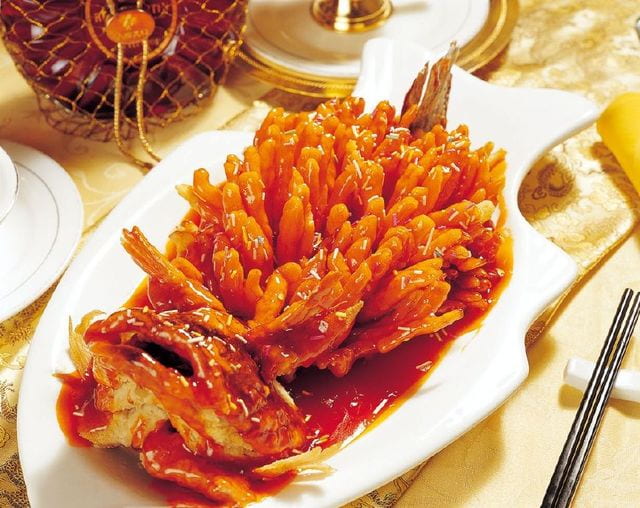In this week’s readings, Joanna Waley-Cohen depicts a vivid China’s food and cuisine landscape in Ming-Qing era. As she stated, “food, the culinary arts and their practitioners, and by extension gastronomy, in the sense of an informed and active appreciation of their pleasures, occupied a central role in social and cultural life and in the culture of consumption.” The food selection and consumption of the upper social class, including the cultural elite group and the imperial court, shaping the food culture and people’s gastronomic life in a great way. And in all eras, people always enjoy of talking the food stories of the emperors. The connection to the emperors would always endow the delicacy a special and miraculous charm.
Ming dynasty: Zhu Yuan Zhang and the beggar’s chicken. As the first emperor of Ming dynasty, Zhu Yuan Zhang has an impoverished family and a starving childhood. One day he was very hungry and tried to find something to eat. Then he met a beggar. The beggar saw the poor little boy, shivering and starving, and he decided to steal a chicken for him. The beggar wrapped the chicken with a lotus leaf and baked it in the fire. Zhu Yuan Zhang ate the chicken and thought it was the most delicious food in the world. Later when he ascended the throne, he sent people to seek for the beggar, and named the “Beggar’s Chicken” as one of the most precious imperial delicacies.

the picture of the “Beggar’s Chicken”
Qing dynasty: Qianlong and his adventures of Jiangnan. Qianlong has been to Jiangnan six times, each time he discovered several types of delicacies. In Joanna’s description, Jiangnan is the other center of culinary art besides Beijing, “in terms of claiming the most refined gastronomic sensibilities—the Jiangnan elite at least rivaled the court; in practice each tended to imitate the other, competing to claim the most recherché dishes and the most refined palate.” If Qianlong still alive, he would be a great supporter of Joanna’s words. Once when he went down to the south part of the Yangtze River, he wandered to a restaurant named “Song He Lou”. He ordered a mandarin fish and asked the chef to cook it. The chef fried the fish and covered it with tomato juice. When he placed the dish on the table, the fish body creaked because of the hot oil. It sounded like a squirrel. Qianlong tasted it, it has a sweet and sour flavor, and was crisp outside and tender inside. He enjoyed the delicacy and named it “Squirrel-Shaped Mandarin Fish”. The Jiangnan elites heard the story. They endeavored to taste the delicacy, and asked their chefs to imitate it. Then the dish became well-known and popular and was passed down today as a traditional specialty. In fact, Qianlong boomed several delicacies in this way, such as Gusu’s crucian carp soup, Weishan Lake’s four-nosed carp, Xushun’s sizzling rice soup…He even loved to write poems for the delicacies and then named them with beautiful poetic names (which the Jiangnan elites also loved to imitate to do so). If you went to cities in Jiangnan today, you could still find a lot of restaurants served foods which “has been tasted by Qianlong”. But be careful, most of them only borrows the name of the dish, without borrowing the taste of it.

the picture of the “Squirrel-Shaped Mandarin Fish”
Leave a Reply